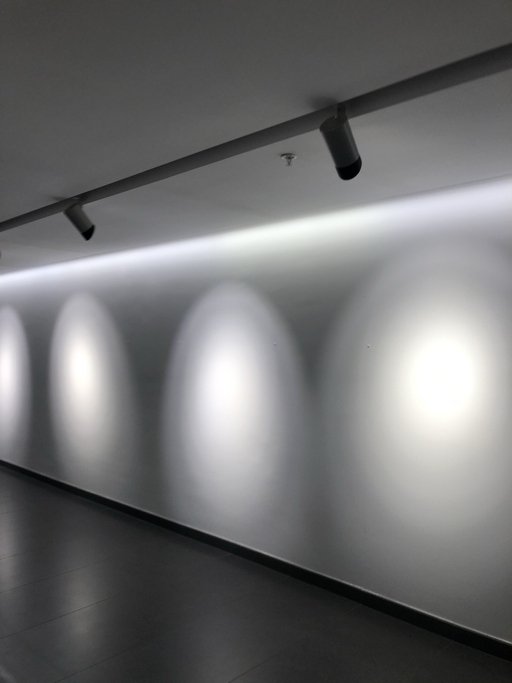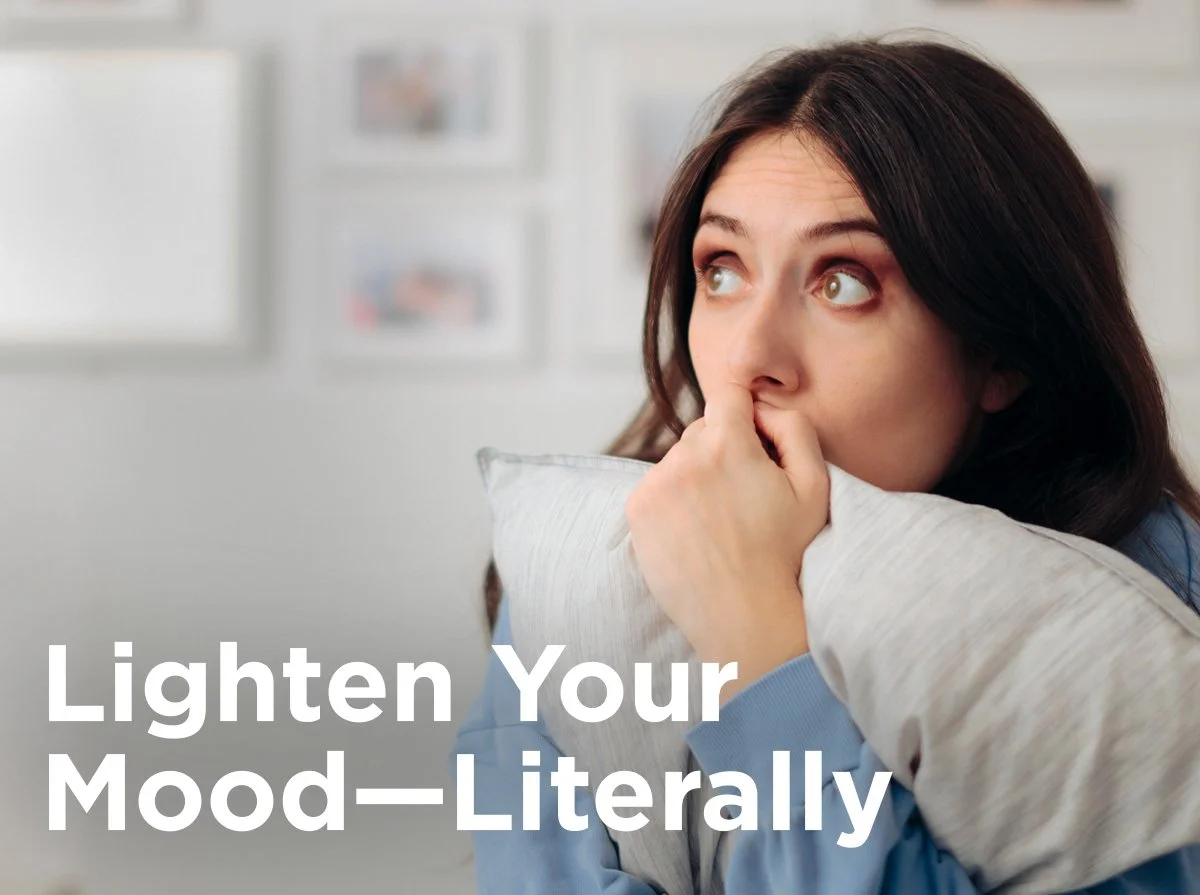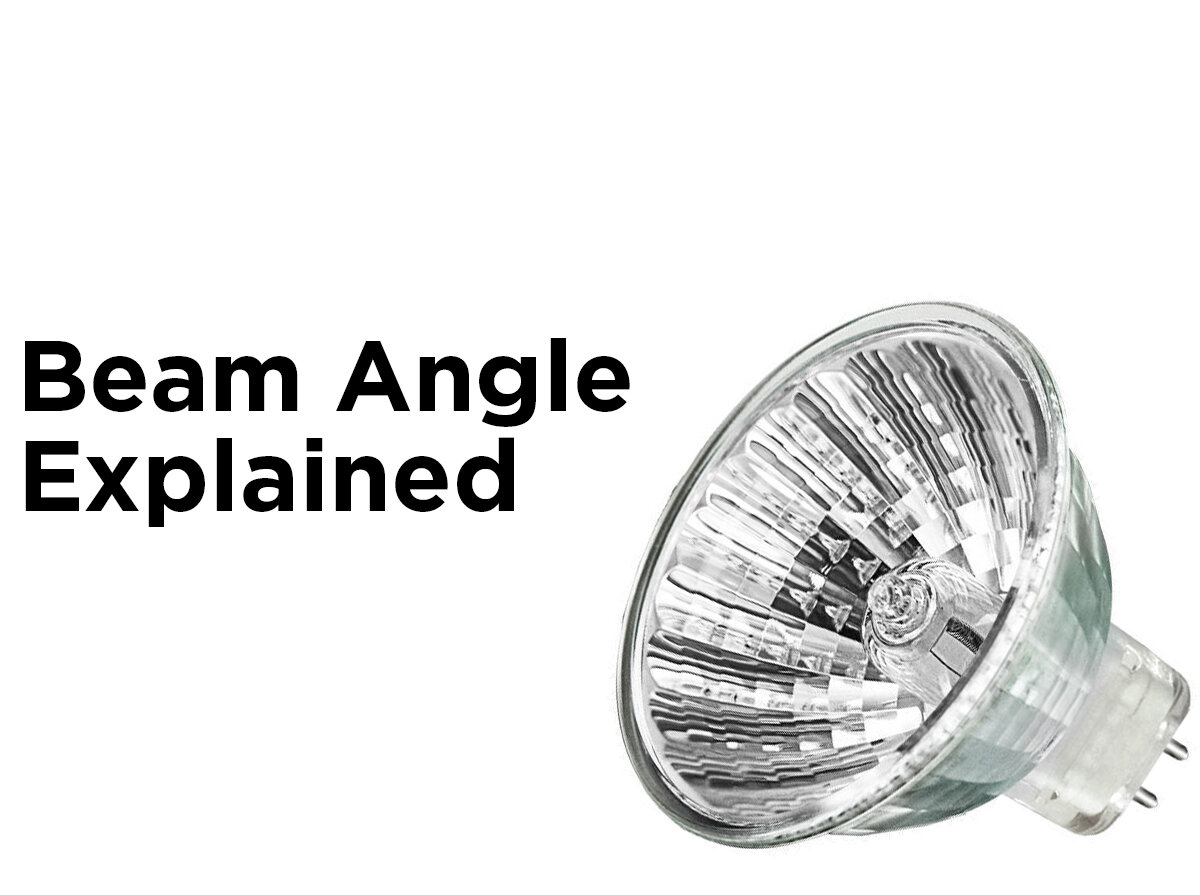Approaching Beam Angle
The term “beam angle” leaves much to interpretation: wide angle, narrow angle, spot light, flood light, basic lighting, accent lighting, decorative lighting, etc. Who can keep track of all these different descriptions and how exactly would each impact the look of your space? In this post, we’ll break down what makes each beam angle unique and how to use it to achieve your desired results.
Let’s first talk about angle and how it applies to lighting. Beam angles are commonly notated from ~15° to ~160°. Some bulbs can have an angle lower than 15° just as some can have one more than 160°. A common household light bulb has a beam angle of 360°, which means it provides light over a wide area from all around, but has a low brightness. While it covers a broad area, outside of the home its effectiveness is diminished.
A key consideration when talking beam angle should be the height from which the lights are to be mounted. The common notion is that the higher the installation of the light, the more narrow the beam angle should be. A narrower beam extends further into the area, while a wider beam angle means the light is more dispersed over a greater area which shortens its length. To compensate for that shorter reach, simply increase the number of light fixtures. Unless you’re designing for a horror movie, your light beams should always overlap—that way there are no dark areas between lights.
Next you need to determine what ambience you are aiming to set. The three common terms are basic lighting, accent lighting, and decorative lighting.
Basic lighting (wider beams) refers to the general lighting of a space. Think of a bedroom or the dining room of a fast-food restaurant. Everything is evenly illuminated with nothing really standing out. Just about every inch of the space has the same level of consistent brightness to allow easy viewing of the entire space.
Accent lighting (medium-width beams) are used to highlight specific areas. Think of a home dinner table or an office. Some areas are brighter than others. When inside these spaces, your eyes are drawn to the lighted areas, minimizing distractions from outside the lit areas.
Decorative or task-oriented lighting (narrow beams) can be thought of like accent lighting but more focused on a single object instead of an area. An art gallery or museum are great examples of spaces that effectively use decorative lighting.
Once you have decided the ambience you want to achieve, you can further specify it using these 7 classifications.
Very Wide Flood Lights (VWFL) are lights that have beam angles exceeding 160°. Best used for outdoor general lighting as well as common area lighting with low ceilings.
Wide Flood Lights (WFL) have spreads ranging from 120° to 160°. Still used for smaller scale outdoor lighting and rooms with slightly taller ceilings.
Flood Lights (FL) have beam angles of 90° to 120° wide and are commonly found in homes with high ceilings and photography studios.
Narrow Flood Lights (NFL) beams cover 60° to 90°. These are what are used in most big box stores.
Spot Lights (SP) illuminate 30° to 60° of space and are used to highlight specific areas of stores like a sales area.
Narrow Spot Lights (NSP) have beams that are just 15° to 30° wide. These are ideal to highlight a specific item within a sales area. Architectural highlights, landscape pieces, and outdoor signs are great uses of NSPs.
Very Narrow Spot Lights (VNSP) are usually anything with a beam angle under 15° wide. VNSPs are perfect for art galleries and jewelry stores designed to show off a single, specific item.
Taking all this beam angle information into consideration when choosing your fixtures will allow you to properly decipher which light is best suited for your area. Of course, these guidelines are to be taken with a grain of salt. Every brand and model of light can be slightly different even when considered within these categories. So, it’s best to experiment to find which is best for your scenario.
For further advice, questions on beam angles, and more, contact the lighting experts at 1-800-624-4488, and find your best fit at 1000Bulbs.com.









